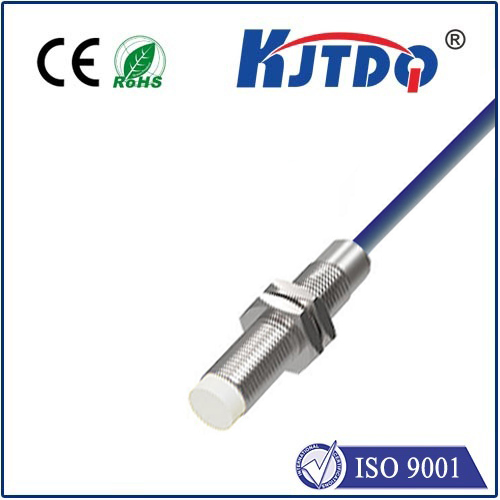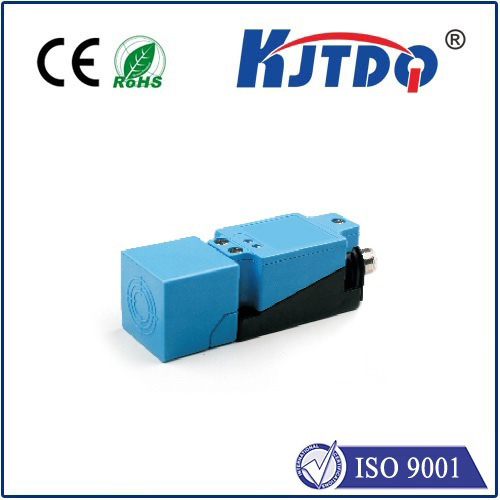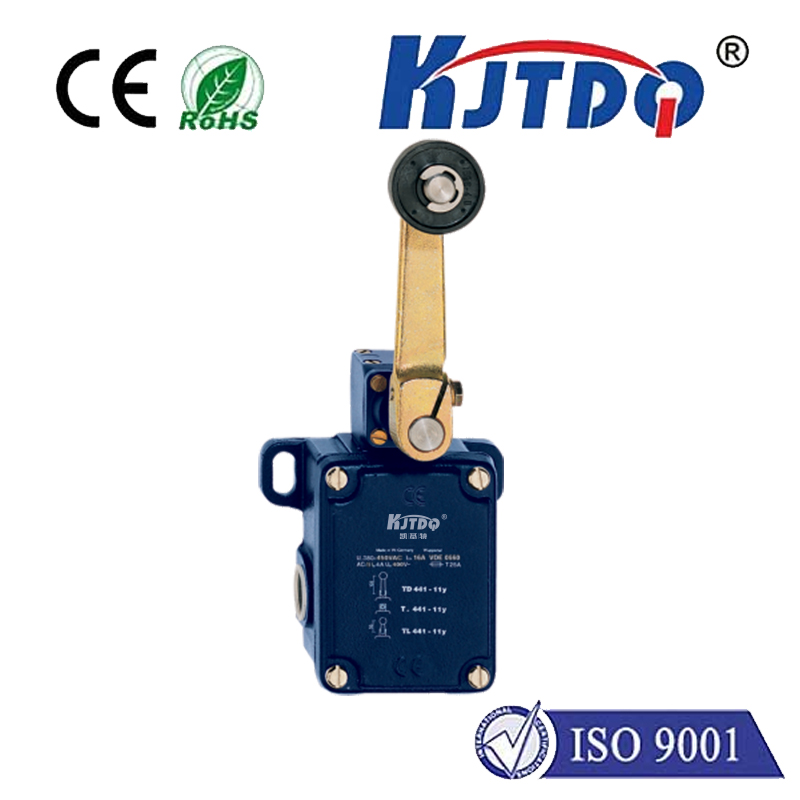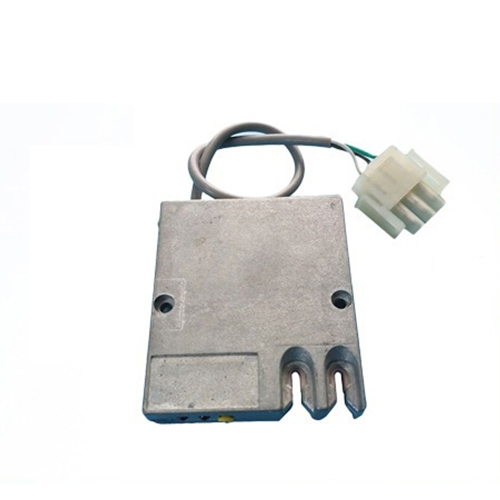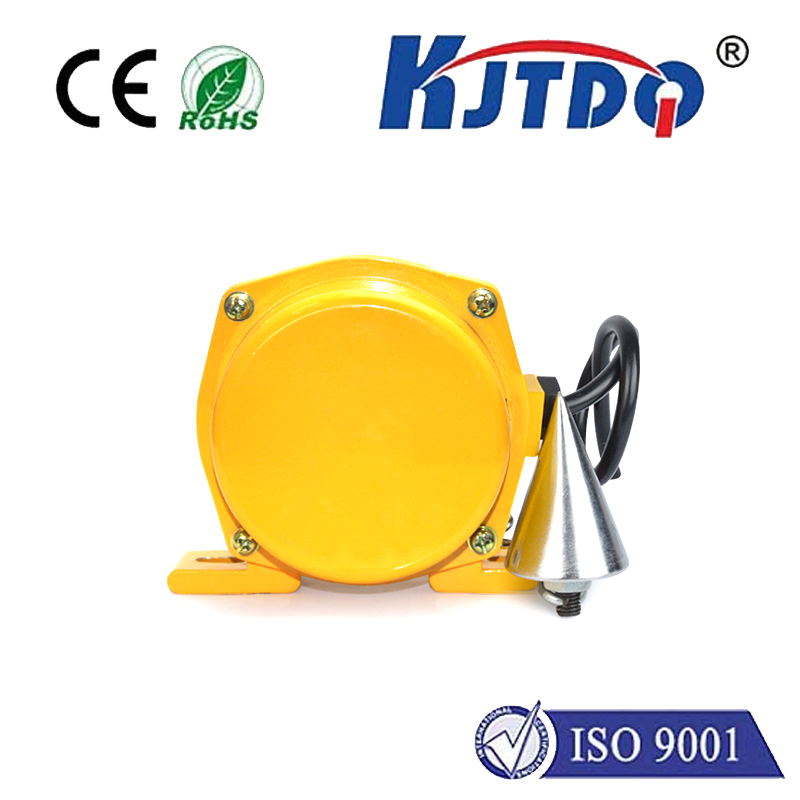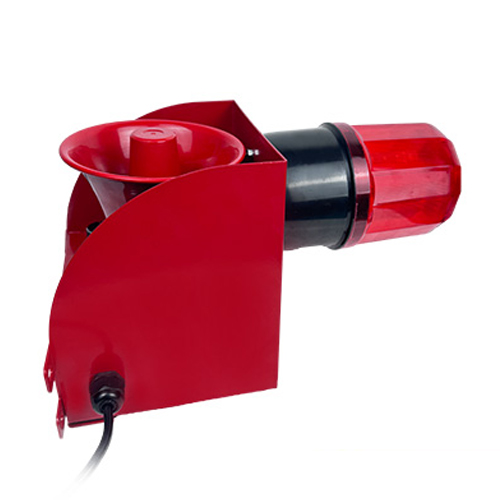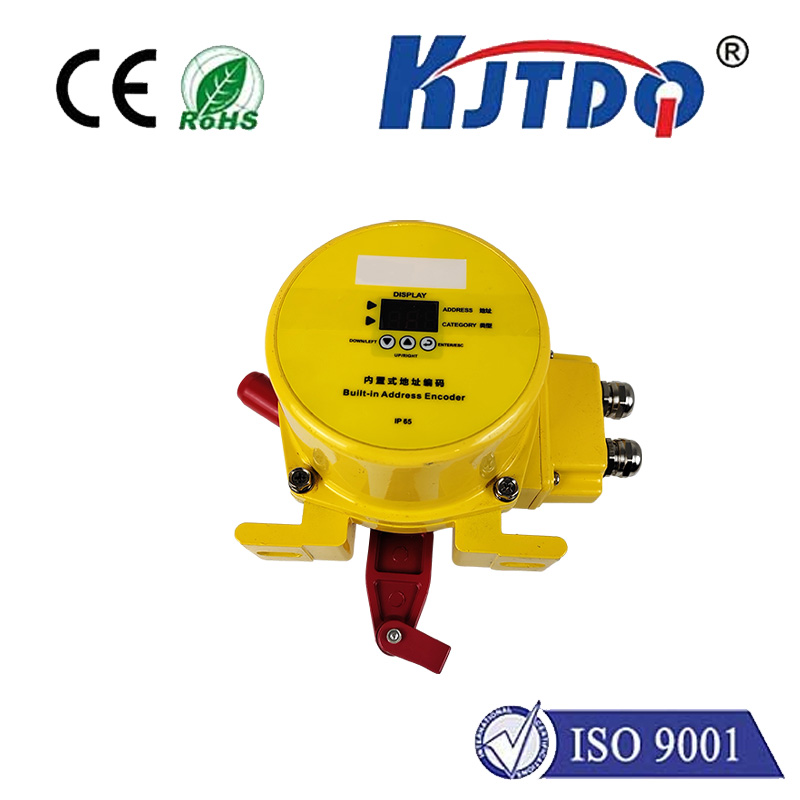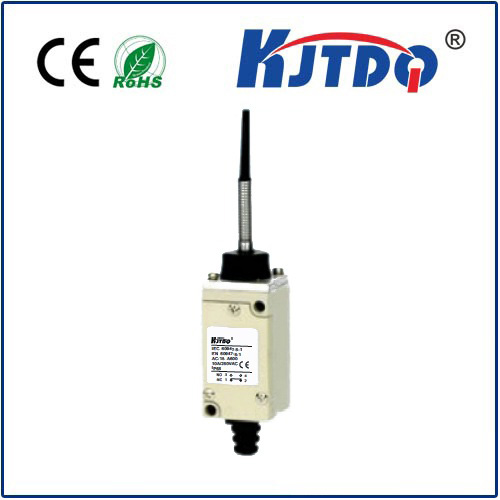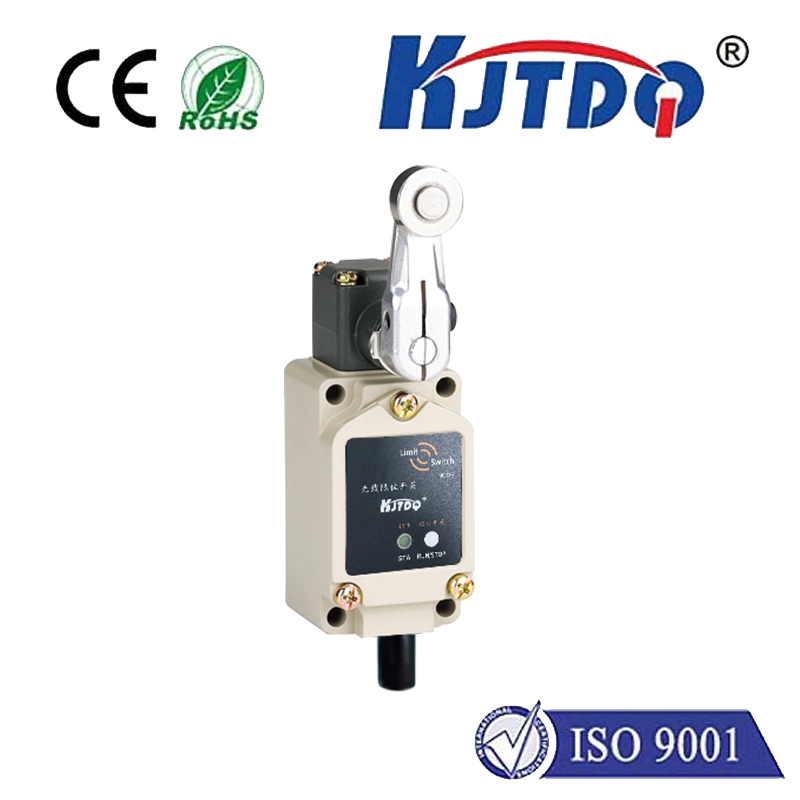

check

check

check

check

check

check

check

check

check

check
Title: Exploring the Capabilities of Dolphin Photoelectric Sensors
In the ever-evolving landscape of technological advancements, sensor innovations have become pivotal in shaping industries and improving our everyday lives. Among these developments stands a remarkable creation—the dolphin photoelectric sensor. This cutting-edge technology is more than just a product; it's a testament to human ingenuity and our relentless pursuit of solutions that mimic nature’s perfection.
The concept behind the dolphin photoelectric sensor draws inspiration from the marine mammal it's named after—the dolphin. Renowned for its sophisticated sonar system, the dolphin's echolocation capabilities have been a source of fascination and a model for advanced sensory devices. Translating this biological marvel into a practical tool has given birth to the photoelectric sensor that bears its name.

A photoelectric sensor operates on the principle of converting light into an electrical signal. The dolphin photoelectric sensor takes this a step further by integrating advanced algorithms that simulate the echolocation pattern of dolphins. This integration results in highly sensitive detection capabilities, capable of accurately identifying objects in their environment based on the reflection of light waves.
Applications for the dolphin photoelectric sensor are vast and varied. In manufacturing, it can be used to detect the presence or absence of products on a conveyor belt, ensuring seamless operation and reducing downtime. In automotive safety systems, it can enhance collision avoidance mechanisms by providing real-time information on obstacles in the vehicle's path. Additionally, in the realm of robotics, these sensors can offer environmental perception, allowing robots to navigate and interact with their surroundings more effectively.
One of the most notable attributes of the dolphin photoelectric sensor is its ability to operate under various lighting conditions. It maintains functionality in low-light environments where traditional sensors might fail. This adaptability makes the sensor particularly useful in situations where consistent monitoring is necessary, such as in security systems or for space exploration missions.
Furthermore, the dolphin photoelectric sensor demonstrates exceptional accuracy and speed. By emulating the quick reactions and precision found in dolphin echolocation, these sensors can provide immediate feedback critical for time-sensitive applications. From high-speed printing and packaging machines to advanced motion detection systems, the demand for prompt and accurate detection is met efficiently.
In terms of design, dolphin photoelectric sensors are typically compact and can be easily integrated into existing systems or machinery without requiring a complete overhaul. Their sleek form factor ensures they can be placed in tight spaces without compromising performance.
As we look to the future, the potential for dolphin photoelectric sensors continues to expand. They hold promise in fields such as medical diagnostics, where precise sensing can improve imaging technologies, or environmental monitoring, where their acute detection abilities could track changes more effectively than current methods.
The advent of the dolphin photoelectric sensor represents a significant stride in sensor technology. Its bio-inspired design opens up a world of possibilities, not only replicating nature's finesse but also enhancing it for modern requirements. As research and development continue, the impact of these sensors will undoubtedly redefine sensing standards across industries, pushing the boundaries of what we believe is possible.
